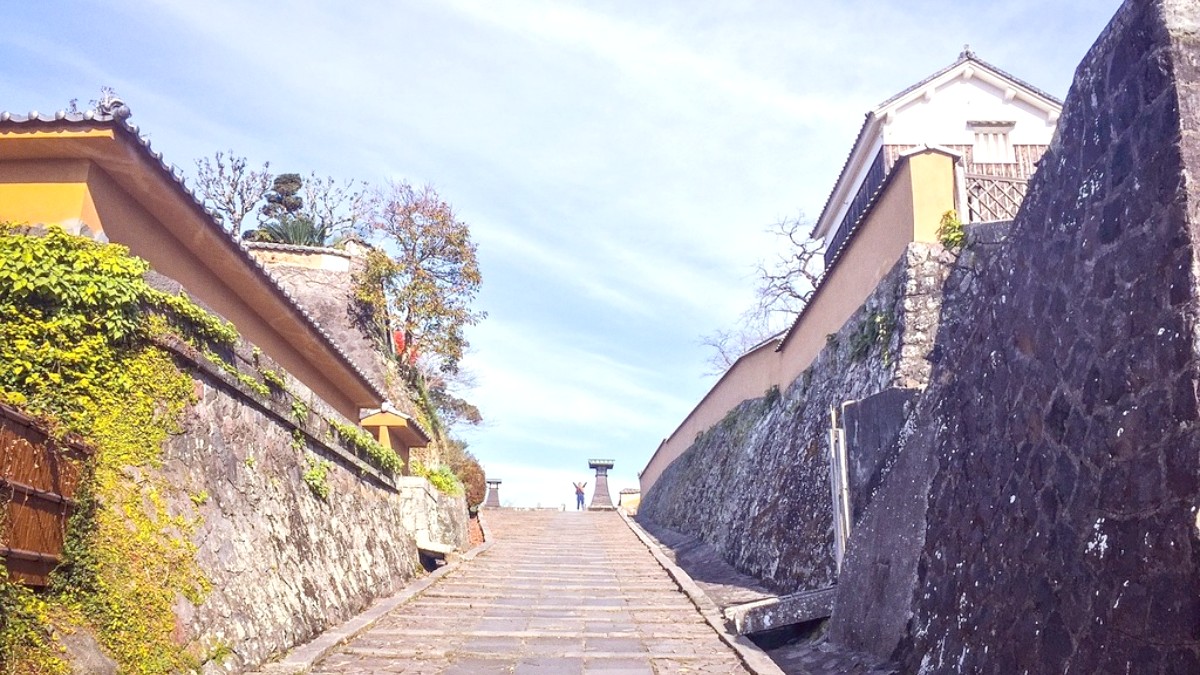
Kyushu, Japan
Budget-friendly hostels feature dorm-style beds or simple private rooms, popular with backpackers and solo travelers. Shared facilities promote interaction.
Efficient, compact hotels are common near train stations or business districts. They feature clean rooms, private bathrooms, and amenities like Wi-Fi. (Dormy Inn, Toyoko Inn, APA Hotel)
Smaller, often family-run traditional inns. They provide a more personal experience at a price more budget-friendly than full-service ryokans.
Kumamoto Prefecture, near Mount Aso and coastal areas, offers campgrounds with basic tent sites or equipped cabins, ideal for nature explorers.
These hotels offer more space, a wider array of amenities, and higher levels of service. They include Japanese chains and some international brands. (Kumamoto Hotel Castle)
High-end hotels present expansive rooms, premium services, fine dining, and extensive facilities. (The New Hotel Kumamoto, Hotel Nikko Kumamoto)
A quintessential Japanese experience with futon beds on tatami floors, traditional decor, and often include kaiseki dinner and traditional breakfast. Many feature communal onsen baths.
Platforms like Booking.com and Vrbo list rentals suitable for families or groups, offering more space, privacy, and kitchen facilities.
Kumamoto Prefecture is a destination for distinctive lodging, especially for those seeking traditional hot spring experiences.
Kurokawa Onsen, a popular day trip from Kumamoto, stands out for its rustic open-air baths and charming atmosphere, offering a deep cultural immersion.
Direct homestay booking through mainstream channels is less common in central Kumamoto. Specialized tour operators arrange such opportunities, especially in rural Kumamoto Prefecture.
Kumamoto's areas each present a distinct character, level of comfort, and local feel.
Expect a lively and sometimes noisy atmosphere, especially in the evenings and on weekends.
Busy during the day with commuters, generally quieter at night outside main complex.
Generally very quiet, offer a more peaceful ambiance compared to the bustling city core.
Different seasons and booking platforms yield various benefits when reserving accommodation in Kumamoto.
These are the most popular times to visit. Book your accommodation 3-6 months beforehand for popular hotels or traditional ryokans. Demand runs high, and prices peak.
Book well in advance for major Japanese holidays: Golden Week (late April/early May), Obon (mid-August), and New Year's (late Dec/early Jan). Domestic travel surges.
International platforms like Booking.com, Agoda, and IHG Hotels are reliable and feature a broad selection. Japanese platforms like Rakuten Travel and Jalan.net offer wider local selections.
Policies vary by accommodation and platform. Check cancellation deadlines and any deposit requirements before confirming. Many bookings offer free cancellation.
Late May/early June and late September offer a good selection of rooms and competitive prices. More flexibility than in high season.
Summer (excluding Obon) and winter (excluding New Year's) typically see lower prices. Booking 1 month ahead is usually sufficient, with potential last-minute deals.
Prices are highest during peak seasons and major Japanese holidays. Adjusting travel dates can considerable savings.
Negotiating prices for walk-in rates is not customary in Japan. Published rates are firm, and attempting to haggle might cause discomfort.
Hotels like Hotel Nikko Kumamoto offer connecting or larger family rooms. Vacation rentals via Booking.com and Vrbo or apartments offer more space and kitchen facilities. Dormy Inn properties often have public baths.
Hostels like Kumamoto Hostel are budget-conscious and social. Business hotels like Toyoko Inn or Dormy Inn provide efficiency, privacy, and necessary amenities.
For extended stays, consider weekly/monthly rentals through platforms like Airbnb or local agents. Some business hotels extend discounts for longer durations.
Staying at a traditional ryokan Agoda offers deep cultural engagement. A trip to an onsen town like Kurokawa Onsen provides an immersive experience. Some city center hotels also have a long-standing local character.
Hostel dormitories, basic guesthouses. Clean and compact rooms, often with shared facilities and good for social interaction.
Popular business hotels. Good amenities, often including complimentary breakfast or a public bath (daiyokujo). Convenient locations.
Spacious rooms, high-end service, multiple dining options. Often located close to major attractions. Refined experiences.
Authentic Japanese experience with tatami rooms, futon beds. Often includes elaborate multi-course meals (kaiseki) and some feature private or shared onsen baths.
Suitable for families or groups, offering more space and kitchen facilities.
A connection with local communities, often arranged via specialized tour operators.
Nature-focused experience, especially appealing around Mount Aso.